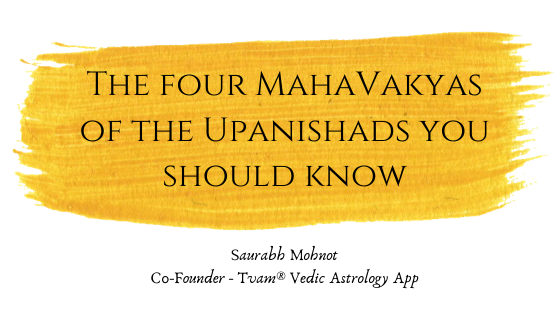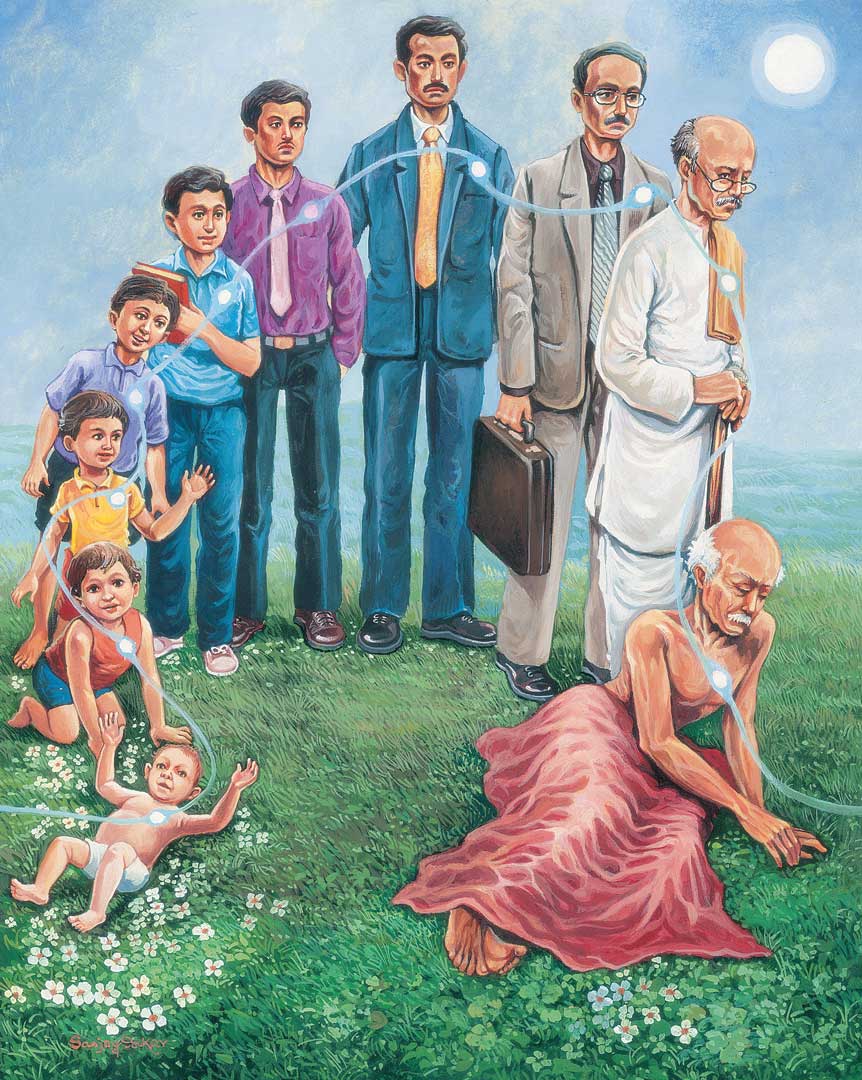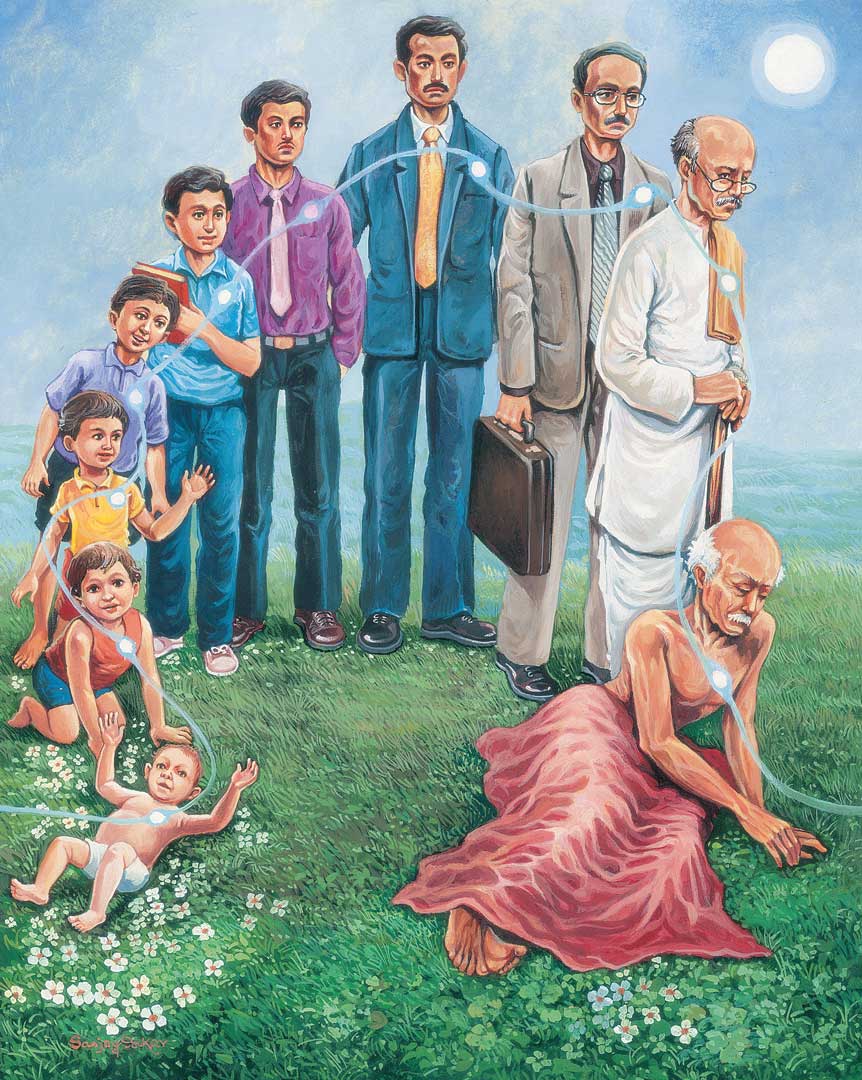prasad1
Active member

The Mahavakyas (mahāvākyam, महावाक्यम्) are “The Great Sayings” of the Upanishads, as characterized by the Advaita school of Vedanta.
The 4 Mahavakyas
1. प्रज्ञानम् ब्रह्म | Prajnanam BrahmaMeaning : Consciousness is Brahman
Brahman is that which is Absolute, fills all space, is complete in itself, to which there is no second, and which is continuously present in everything, from the creator down to the lowest of matter. It, being everywhere, is also in each and every individual. This is the meaning of Prajnanam Brahma occurring in the Aitareya Upanishad.
2. अयम् आत्मा ब्रह्म | Ayam Atma Brahma
Meaning : This self is Brahman
This Self is Brahman, which is the substance out of which all things are really made. That which is everywhere, is also within us, and what is within us is everywhere. This is called ‘Brahman’, because it is plenum, fills all space, expands into all existence, and is vast beyond all measure of perception or knowledge. On account of self-luminosity, non-relativity and universality, Atman and Brahman are the same. This identification of the Self with Absolute is not any act of bringing together two differing natures, but is an affirmation that absoluteness or universality includes everything, and there is nothing outside it.
3. तत् त्वम् असि | Tat Tvam Asi
Meaning : I am Brahman , I am Divine
In the sentence, ‘ Aham Brahmasmi,’ or I am Brahman, the ‘I’ is that which is the One Witnessing Consciousness, standing apart form even the intellect, different from the ego-principle, and shining through every act of thinking and feeling. This dictum is from the Brihadaranyaka Upanishad.
4. अहम् ब्रह्म अस्मि | Aham Brahma Asmi
Meaning : I am Brahman , I am Divine
In the sentence, ‘ Aham Brahmasmi,’ or I am Brahman, the ‘I’ is that which is the One Witnessing Consciousness, standing apart form even the intellect, different from the ego-principle, and shining through every act of thinking and feeling. This dictum is from the Brihadaranyaka Upanishad.

The four MahaVakyas of the Upanishads that can change your perspective about God !
The Mahavakyas (mahāvākyam, महावाक्यम्) are “The Great Sayings” of the Upanishads, as characterized by the Advaita school of Vedanta.
 medium.com
medium.com

The four MahaVakyas of the Upanishads that can change your perspective about God !
The Mahavakyas (mahāvākyam, महावाक्यम्) are “The Great Sayings” of the Upanishads, as characterized by the Advaita school of Vedanta.
 medium.com
medium.com



